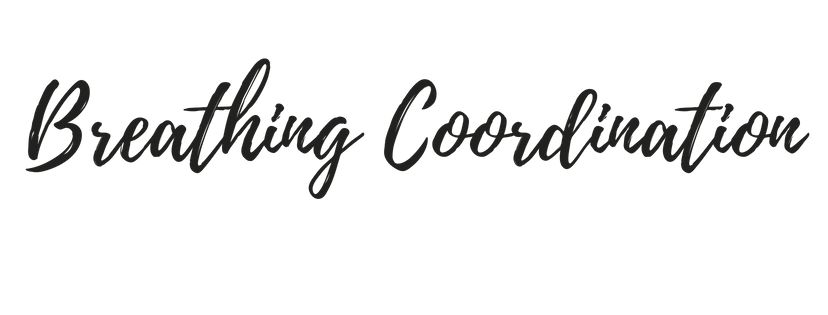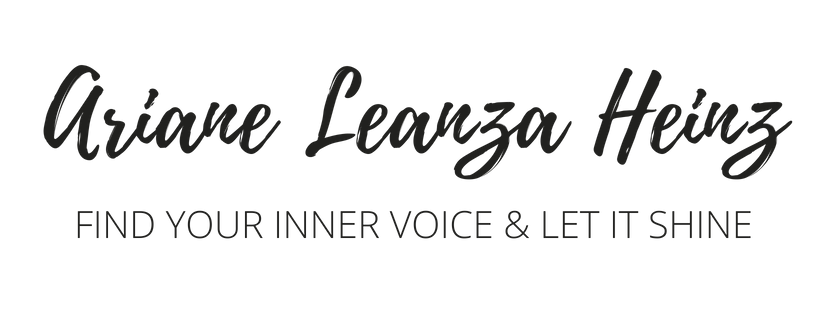
The quality of respiration influences the quality of life and the possibilities of personal performance. Whether one is in good health or not, oneʼs manner of breathing is a key to better life.
While observing the respiratory problems of many people, Carl Stough elaborated the principles of what he called “Breathing Coordination.” He established a way of developing the simultaneous and optimal function of all the various muscles involved in respiration.
The goal of his work was to amplify and harmonize the movement of the diaphragm to restore respiratory function in its entirety. This work influences not only the functional state of the respiratory system, but also that of the entire person, by encouraging the possibility of increasing oxygen delivery to the body.
This approach brought about improvement, beyond what had been thought possible, in pulmonary illnesses in large American military hospitals.
This technique was used by the American track and field athletes who participated in the 1968 Olympics at high altitude in Mexico City.
Finally, this method has been used as a guide in matters of respiration and supporting techniques for musicians, actors, lecturers, businessmen and singers in all areas, as well as for many soloists of the Metropolitan Opera.
MDH Breathing Coordination was developed by Lynn Martin and Robin De Haas, based on the work of Carl Stough, with the aim to keep breathing coordination accessible to future generations.
The core of this work is the methodology that it consists of. Our systematic methodology is applied for each part of the body that is connected to the breathing function.
Location – identification of the body part through all possible sources (visual, aural and kinesthetic).
Deduction, goals and common problems – understanding the way the body part works, its strong and weak aspects.
Tension reduction and recoordination – removing unbalanced distribution of the energy and effort; then bringing back efficient tone to the whole body part.
Breathing practices – exploring breathing practices with the new balance acquired in the body part and connecting it to the rest of the body
Various actions – applying what was acquired to the desired activities.

